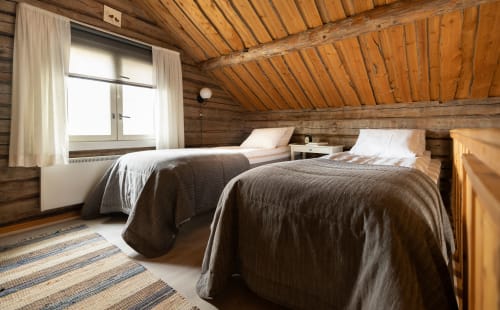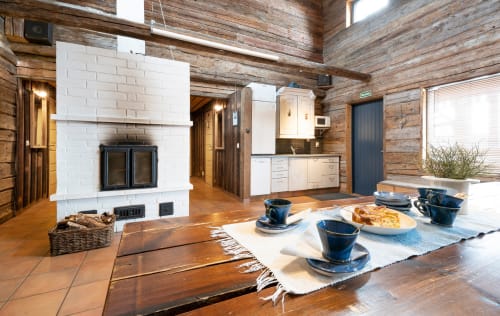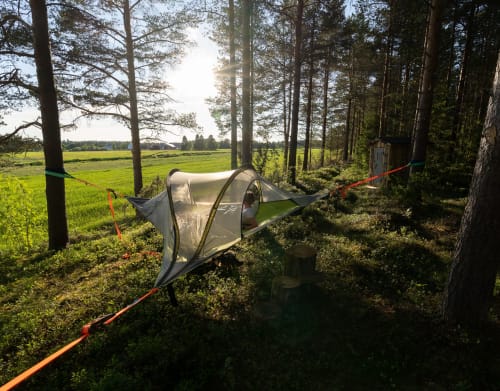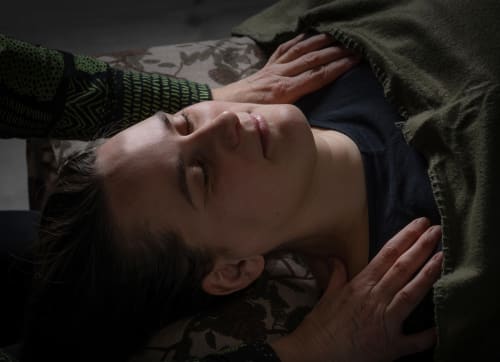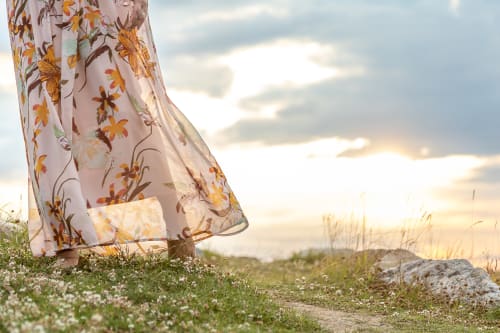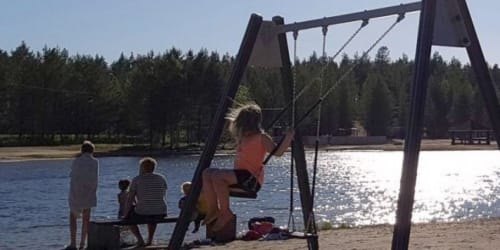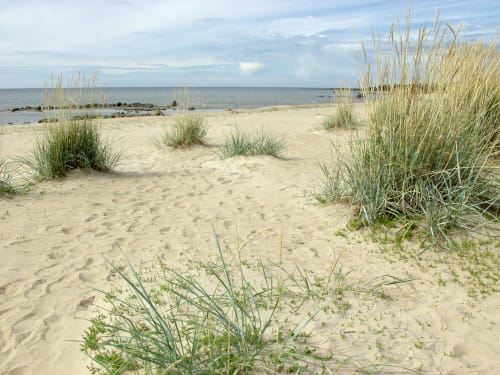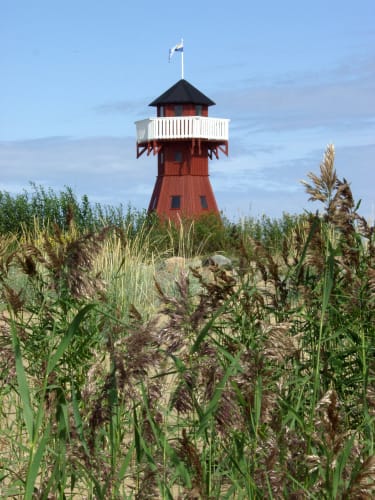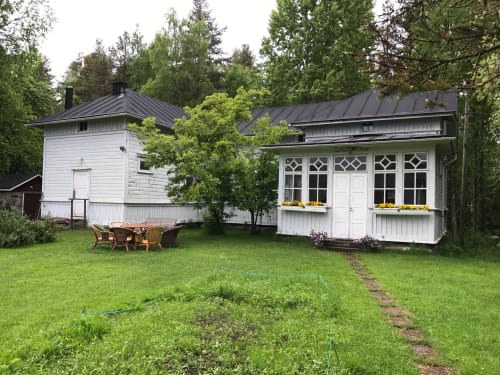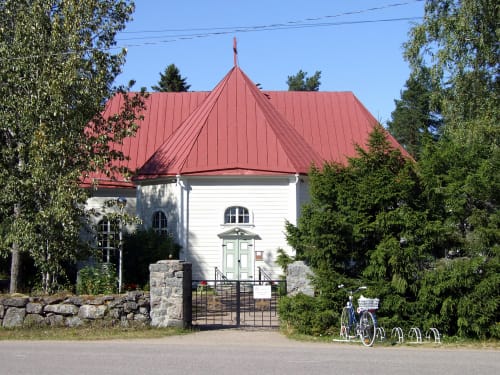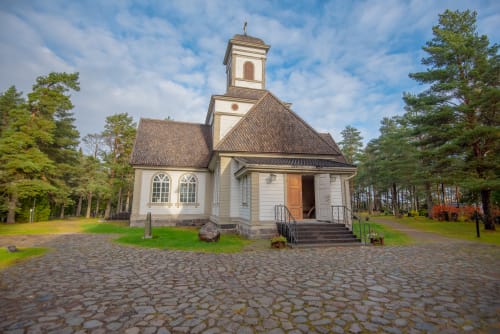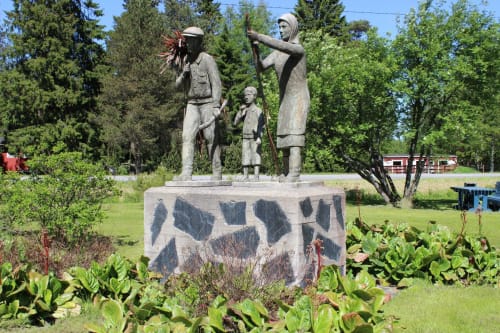Siikajoki is a string of idyllic villages
Here you can experience the tranquility of the countryside. Siikajoki's unique villages are the heart of the municipality. Enjoy the closeness to nature, positioned between two cities, by the river and the sea. Take advantage of outdoor activities, swing a golf club, and relax by the sea.
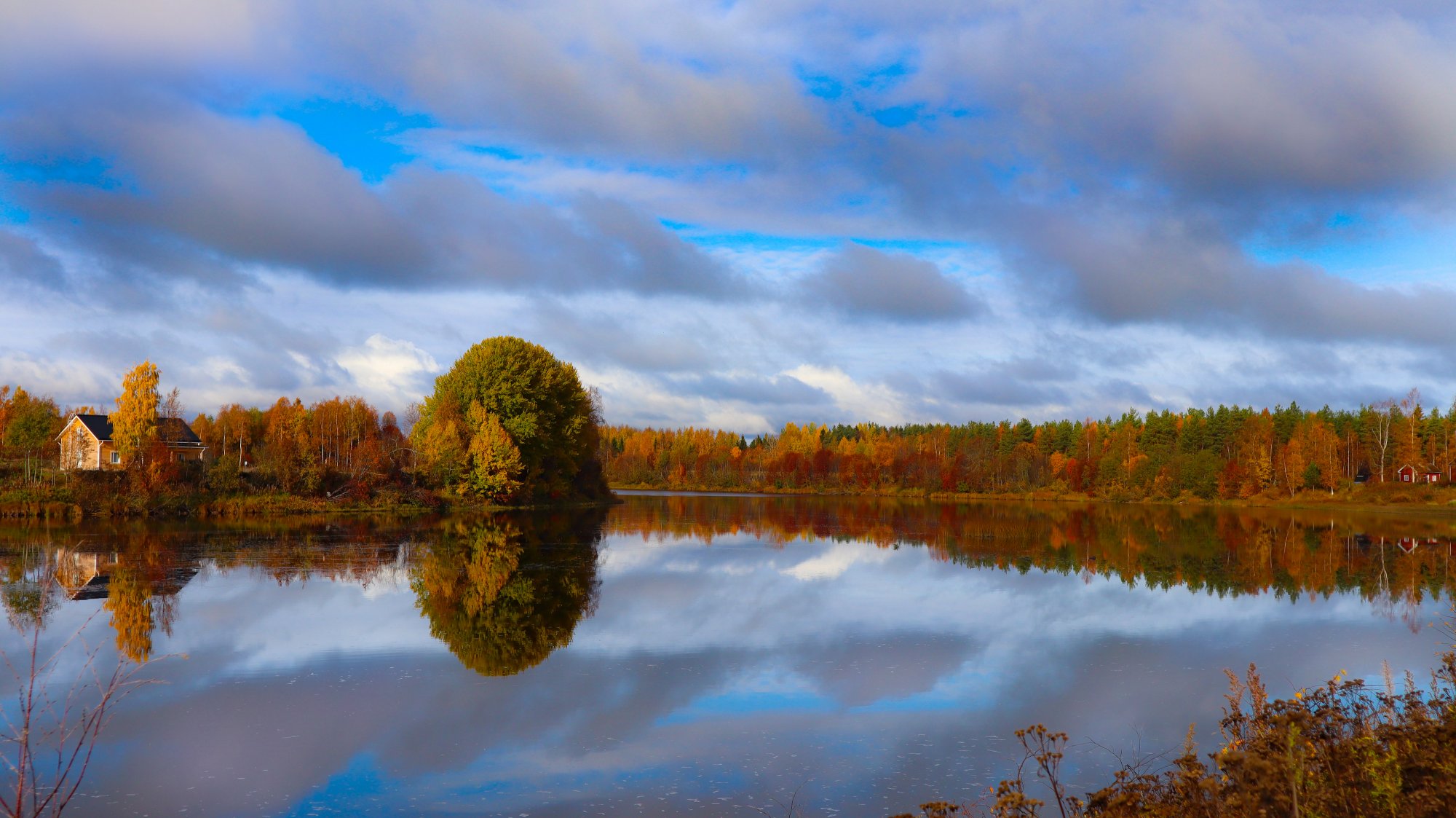
Siikajoki
In Siikajoki, you can truly live in the countryside by the best river in Northern Finland. The services of the surrounding cities with over 200,000 residents as well as good road, air, rail, and telecommunications connections are available for you.
The lush Siikajokilaakso, vast fields, and idyllic peasant yards paint the landscape of Siikajoki. Here we live spaciously and comfortably in the lap of nature, yet close to Siikajoki's excellent basic services. The diverse nature and other recreational opportunities offer experiences for all of us. Siikajoki is a safe, human-sized municipality!
History
The area got permanently inhabited only in the mid-16th century, when Savonian settlers moved to the region. People from the coast also moved in the Revonlahti area. Settlement expanded rapidly in the following centuries, except in the river valley where settlement was slow because the narrow area did not offer opportunities for living. Population growth was based on agriculture and especially cattle farming. Trout and whitefish were also caught from the Siikajoki River.
The area initially belonged to the parish of Saloinen. Siikajoki's first church was probably built in 1589, but it was burned by the Russians in 1591. In 1590, Siikajoki became a chapel of Saloinen. In 1600, a second church was built for the parish, and in 1701, a new wooden church was taken into use. The original appearance of the church changed significantly in the 1852 renovation. Siikajoki was separated into its own parish in 1689. The parish comprised a large area, as it later included the independent parishes of Rantsila, Piippola, Paavola, Pulkkila, Kestilä, Pyhäntä, and Revonlahti. Paavola became Siikajoki's preaching venue in 1702, and in 1811, it was annexed to Siikajoki's chapel. Paavola became its own parish in 1874. Revonlahti was annexed to Siikajoki's chapel in 1845.
Wars have often afflicted Siikajoki. The Russians devastated the region severely, among others, at the end of the 1550s. During the Finnish War, well-known battles were fought in the Siikajoki region. On April 18, 1808, the Battle of Siikajoki took place, in which the troops led by C.J. Adlercreutz defeated the Russian vanguard led by J.P. Kulnev. The victory ended the retreat of the Swedish army throughout the winter. In Revonlahti, one of the most famous battles of the Finnish War took place on April 27–28, 1808. The battle is also known as the Battle of Revonlahti. In the battle, the troops led by C.A. Adlercreutz and C.O. Cronstedt thoroughly defeated the Russians led by General Bulatov. The victory saved the main Swedish forces from complete encirclement.
Siikajoki was separated into its own municipality in 1868. Siikajoki's population grew slowly in the early decades of the 20th century. In 1935, there were 2,262 inhabitants. After that, the population began to decline due to emigration. In 1960, there were 1,703 inhabitants, and in 1980, only 1,244. In the 1980s, the population began to grow again. Paavola became its own municipality in 1874, and Revonlahti in 1930.
The municipality of Ruukki was formed when the municipalities of Paavola and Revonlahti merged in 1973. The name of the municipality came from the village of Ruukki, located in the then municipality of Paavola. The municipalities of Ruukki and Siikajoki were abolished, and a new municipality of Siikajoki was established on January 1, 2007, after referendums held in both municipalities. Ruukki became the central town of the new municipality. The current coat of arms of the municipality reflects its history. The stars are from the coat of arms of Revonlahti, the sawn log with jagged upper edge and wavy lower edge is from the coat of arms of Paavola, and the fish is from the coat of arms of Siikajoki.

